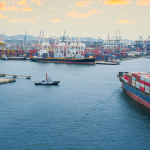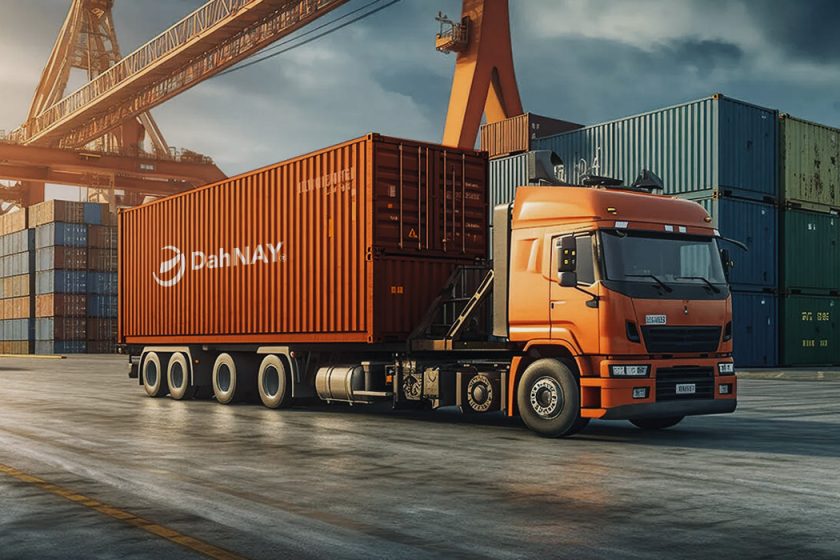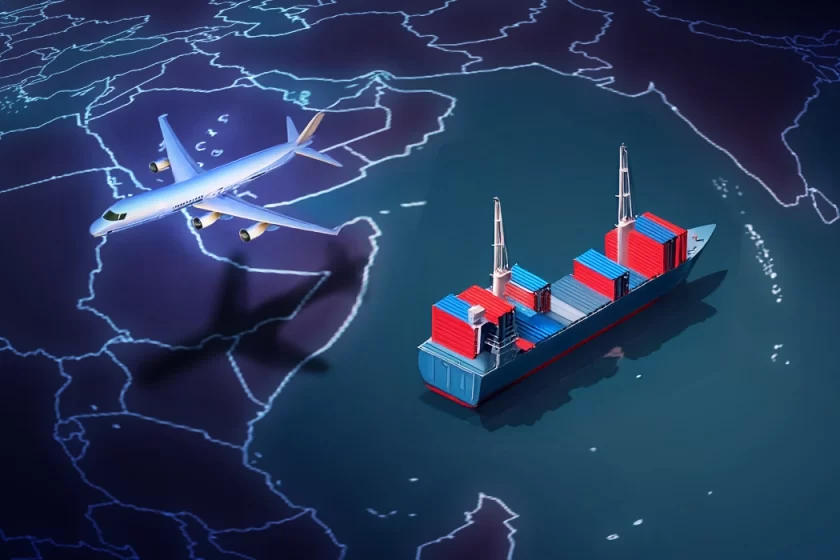As the world embraces renewable energy sources, the need to transport renewable infrastructure and components across continents becomes a vital aspect of the industry. When it comes to shipping renewable energy equipment, such as wind turbines or solar panels, cost efficiency is a key consideration. What would be a viable solution to reduce costs?
The Challenge: Cost-Effective Renewable Energy Shipping
1.Distance and Transportation Costs
Shipping renewable energy equipment over long distances can incur significant expenses. The distance between Shanghai and Gujarat poses a logistical challenge, as airfreight and road transportation costs can be prohibitively high for large and heavy components like wind turbine blades or solar panels.
2.Infrastructure Compatibility
Renewable energy equipment often requires specialized infrastructure for transportation. The compatibility of transportation networks, including roads, bridges, and airports, must be assessed to ensure safe and efficient delivery. However, developing and maintaining specialized infrastructure can further escalate costs.
3.Handling and Storage
Renewable energy components are delicate and require careful handling to prevent damage. Adequate storage facilities, equipped with proper climate control and security measures, are necessary to protect the equipment during transportation. Such facilities can add to the overall shipping costs.
The Solution: Embracing Sea Freight for Renewable Energy Shipping
1.Cost-Efficiency
Sea freight offers a cost-effective solution for transporting renewable energy equipment over long distances. Compared to airfreight or road transportation, sea freight generally has lower upfront costs, making it an attractive option for large-scale shipments. Furthermore, when shipping in bulk, economies of scale can be achieved, resulting in reduced per-unit costs.
2.Infrastructure Availability
Ports are often well-equipped to handle oversized cargo, making them ideal for shipping renewable energy equipment. Shanghai and Gujarat both have major ports, facilitating smooth loading and unloading operations. Additionally, these ports may have dedicated infrastructure to handle specific cargo types, further streamlining the shipping process.
3.Specialized Vessels and Containers
Shipping companies provide specialized vessels and containers designed to accommodate various types of renewable energy equipment. These vessels are equipped with advanced features such as cranes, secure fastening systems, and climate-controlled storage areas. By utilizing these resources, the risk of damage during transit can be significantly reduced.
4.Flexibility and Scalability
Sea freight offers the flexibility to transport renewable energy equipment in varying quantities, whether it’s a single shipment or multiple shipments over time. This adaptability allows for scalability based on project requirements, providing greater control over costs and timelines.





